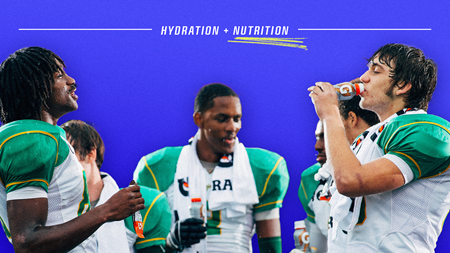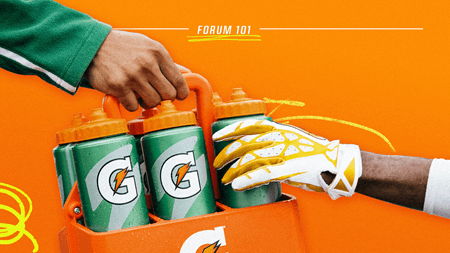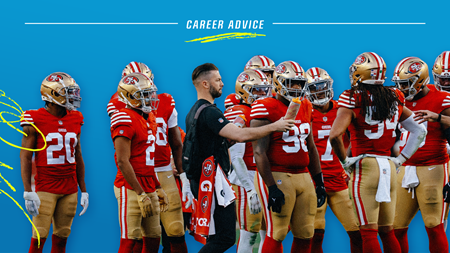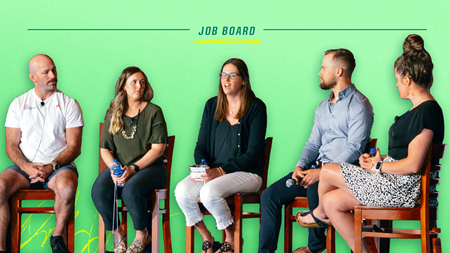Proper nutrition is one key to coming back strong. Giving your athlete nutrition strategies, like consuming anti-inflammatory foods, may promote quicker recovery and improve tendon and ligament health.
General diet tips that may support recovery from injury
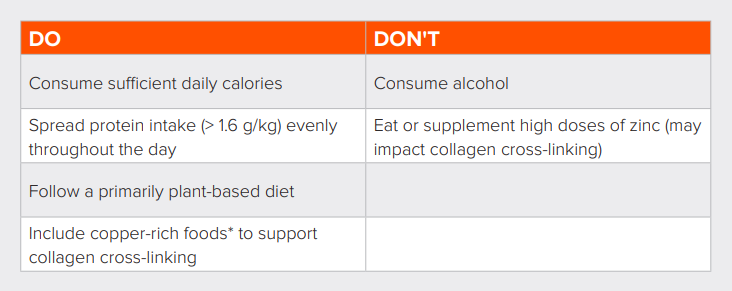
*Copper-rich foods include:
- Cashews
- High-quality cocoa powder (high in flavonoids)
- Sunflower seeds
- Lentils
- Oysters
- Brazil nuts
- Beans
- Nuts and seeds, in general
Following a soft-tissue injury, tissues follow a similar healing timeline
Phase 1: Inflammation
- Mild inflammation begins the healing process, but the goal is to limit excessive inflammation.
- After injury, blood flow increases and the immune system release defense cells to the injury site.
- This “clean-up crew” removes debris and sets the stage for re-building
Nutritional strategies: Consuming anti-inflammatory foods such as omega-3s, tumeric/curcumin may help reduce inflammation
Phase 2: Proliferation
- During proliferation, disorganized tissue is laid down
Nutritional strategies: Consume sufficient calories to support healing and reduce the risk of nutrient deficiencies
Phase 3: Remodeling
- During remodeling, type 3 collagen is replaced by type 1 collagen
- Collagen fibers start to organize
Nutritional strategies: Emerging research suggests that collagen supplementation may help grow stronger tendons and ligaments
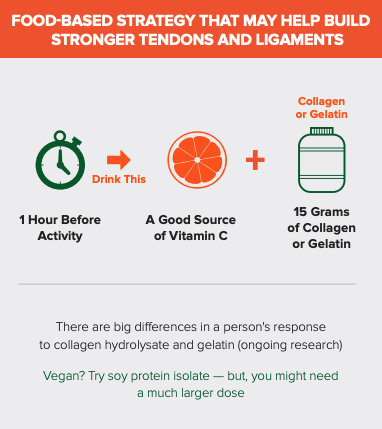
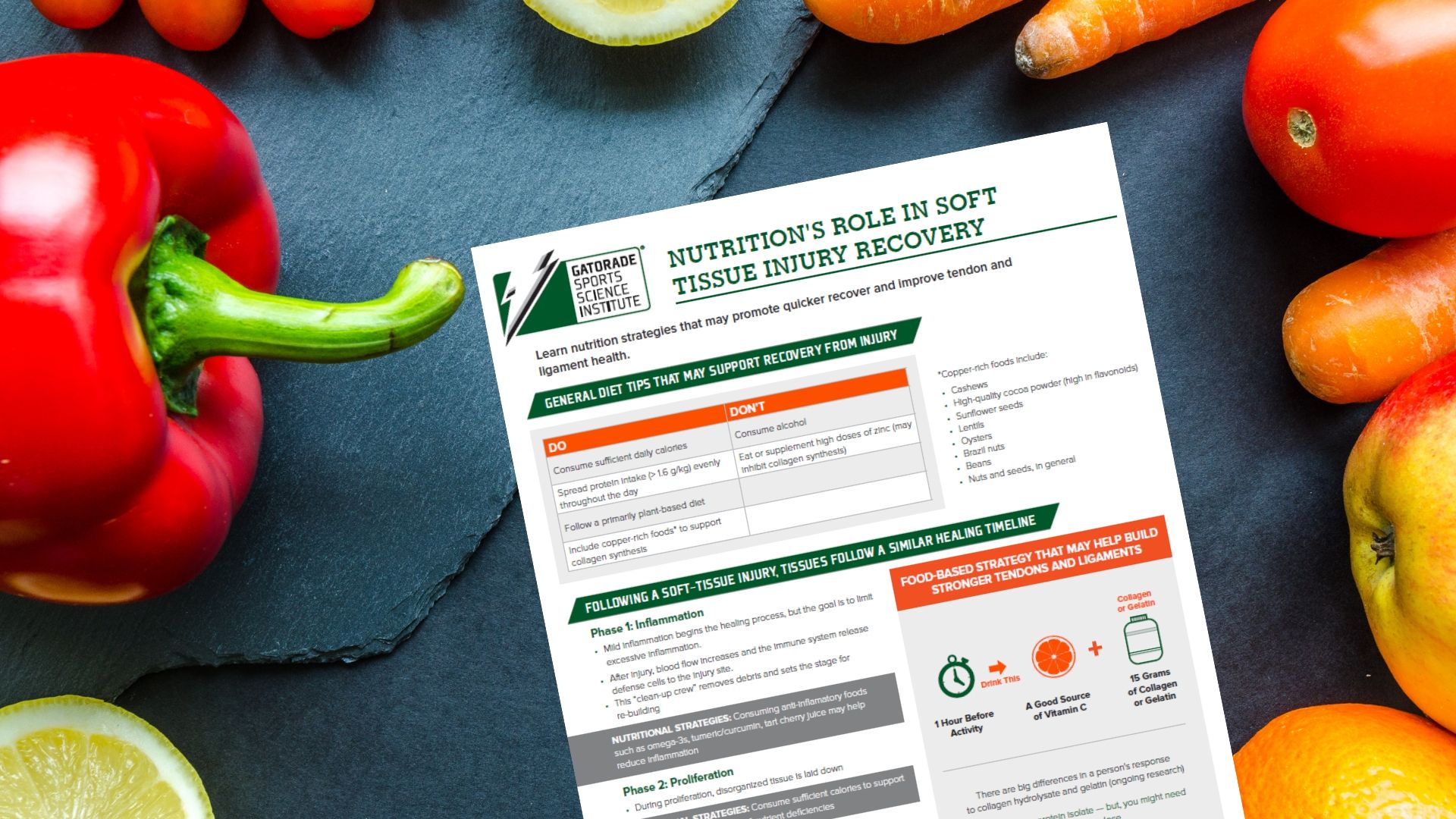
- Jung MK, et al. Alcohol exposure and mechanisms of tissue injury and repair. Alcohol Clin Exp Res. 35(3): 392–399, 2011.
- Tipton KD. Nutritional support for exercise-induced injuries. Sports Med. 45: 93–104, 2015.
- Herchenhan A, et al. Lysyl oxidase activity is required for ordered collagen fibrillogenesis by tendon cells. J Biol Chem. 290(26): 16440–16450, 2015.
- Wu F, Nerlich M, Docheva D. Tendon injuries. EFFORT Open Rev. 2(70):332-342, 2017.
- K Baar. Minimizing injury and maximizing return to play: Lessons from engineered ligaments. Sports Med. 47(Suppl 1): 5–11, 2017


